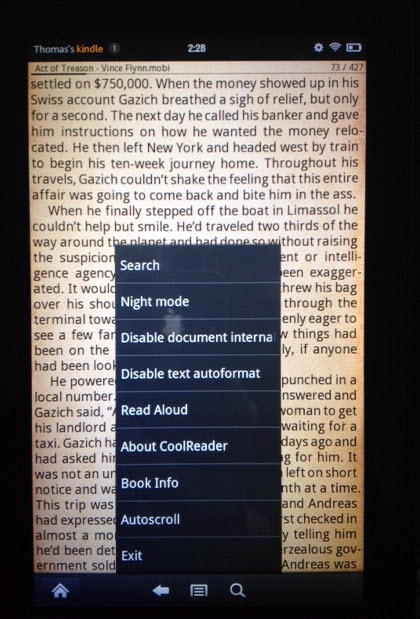Indent Text Within A Cell In Excel 2008 For Mac
Open your Excel workbook and navigate to the worksheet you are working with. Click inside the cell that you want to modify. Press the 'Ctrl,' 'Alt,' and 'Tab' keys simultaneously and see if a tab character is added to the active cell. Excel: Indent Text within Spreadsheet Cells Pressing the [Tab] key in Excel does not indent text in a cell; it simply moves the cell pointer to the next cell. To indent text in a cell, follow the steps below. May 07, 2015 Thank you but I was looking for the indent feature. Spacing is not accurate and it is a pain when you are working with multiple lines within a cell.
You can change the alignment of the cell contents, use indentation for better spacing, or display the data at a different angle by rotating it. • Select the cell or range of cells that contains the data that you want to reposition. • On the Format menu, click Cells. • In the Format Cells box, and in the Alignment tab, do any of the following: To Do this Change the horizontal alignment of the cell contents On the Horizontal pop-up menu, click the alignment that you want. If you select the Fill option or Center Across Selection option, text rotation will not be available for those cells.
However, you can easily change the default alignment by using the ribbon, keyboard shortcuts, Format Cells dialog or by setting your own custom number format. • • • • • • • • • How to change alignment in Excel using the ribbon To change text alignment in Excel, select the cell(s) you want to realign, go to the Home tab > Alignment group, and choose the desired option: Vertical alignment If you'd like to align data vertically, click one of the following icons: • Top Align - aligns the contents to the top of the cell.
A different key combination is needed to create a new paragraph in an Excel cell. Skype for business for mac version.
 Finding old issues you want to download, again, isn’t clean. What is nice is Amazon’s Text view for magazines is much more useful than Zinio’s. It’s supported on each page and you can customize the layout and fonts. All of your old issues are in a Periodicals: Back Issues folder.
Finding old issues you want to download, again, isn’t clean. What is nice is Amazon’s Text view for magazines is much more useful than Zinio’s. It’s supported on each page and you can customize the layout and fonts. All of your old issues are in a Periodicals: Back Issues folder.
*0# This formatting technique is commonly used to change cell alignment as demonstrated in the next formatting tip. How to change alignment in Excel with custom number format A usual way to change alignment in Excel is using the Alignment tab on the ribbon. However, you can 'hardcode' cell alignment in a custom number format if needed. For example, to align numbers left in a cell, type an asterisk and a space after the number code, for example: ' #,###* ' (double quotes are used only to show that an asterisk is followed by a space, you don't need them in a real format code).
• Click OK to save the newly created format. Instead of creating a custom number format from scratch, you choose a built-in Excel format close to your desired result, and customize it. Wait, wait, but what do all those symbols in the Type box mean? And how do I put them in the right combination to display the numbers the way I want? Well, this is what the rest of this tutorial is all about:) Understanding Excel number format To be able to create a custom format in Excel, it is important that you understand how Microsoft Excel sees the number format. An Excel number format consists of 4 sections of code, separated by semicolons, in this order: POSITIVE; NEGATIVE; ZERO; TEXT Here's an example of a custom Excel format code: • Format for positive numbers (display 2 decimal places and a thousands separator). • Format for negative numbers (the same as for positive numbers, but enclosed in parenthesis).

Cell Address In Excel
Figure 5: Format Cells in Ribbon After clicking the Format Cells item, you will enter the Format Cells dialog box. Reset the cells padding by modifying the parameters of Text Alignment under Alignment tab, Classic Menu for Office Brings the familiar classic menus and toolbars back to Microsoft Office 2007, 2010, 2013 and 2016. You can use Office 2007/2010/2013/2016 immediately without any training. Supports all languages, and all new commands of 2007, 2010, 2013 and 2016 have been added into the classic interface. It includes Classic Menu for Word, Excel, PowerPoint, OneNote, Outlook, Publisher, Access, InfoPath, Visio and Project 2010, 2013 and 2016.